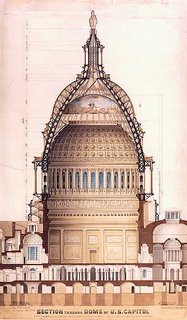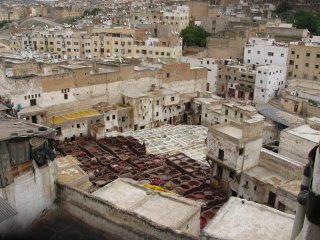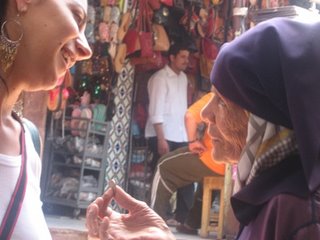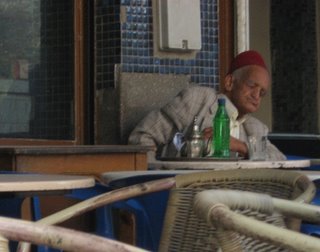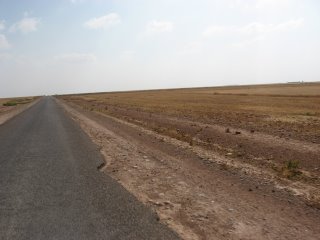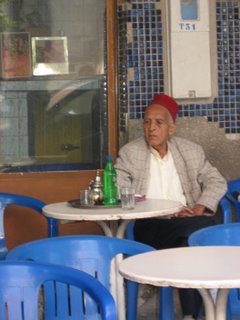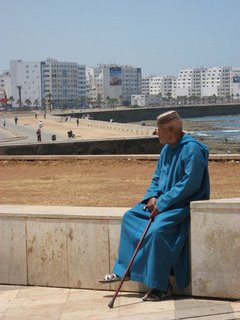 New York City
New York CityShort tangent:
I was born, grew-up, came of age and went to college in Columbus, Nebraska. My parents moved there the year before my birth as the result of work. Both my mother and my father were from the West Coast.
Tangent on a tangent:
It was in the early seventies and when companies moved an employee they typically gave him/her (1970’s actually just him) a decent moving expenditure. My dad took the money allotted for flying a family of seven and purchased a station wagon and a travel trailer. Mom and dad trekked across the country to their new home; in what I am sure was a very “homestead” experience.
Long story short, I believe my mother felt that moving to Nebraska was a demotion, even thought my father’s job was not. Every summer she packed up the travel trailer and the kids and we were on the road. Sometimes she was so eager she wouldn’t wait until school was out and we would miss the last few weeks of class. More power to my mom and dad, they wanted to make sure that all six (I was born) experienced a world outside of our community. Because of the need to show their children a world outside the Midwest, I sometimes refer to the fact that “I breathed there, but I did not inhale”.
Back to the question, why do I like New York City?
My response is probably more than the car rental employee wants to hear, yet I’d like to dismiss the myth that New York City is so large that there is no community. There is, and I will even go as far as to say that there is more community than that of the suburb that I grew up in.
New York City shares the same social activities and assemblies (houses of worship, clubs, schools, and sports) which create friends and extended family. New York City differs in the fact that it is so condensed. Even within the suburbs of Queens, Brooklyn, the Bronx and Staten Island the distances between houses or apartments are inches not feet. In Manhattan almost within every block or two there is a deli (bodega) a dinner, a laundromat, dry cleaner, convenient store, drug store, and grocery store, a few restaurants, and clothing stores. One becomes attached to the convenience of locality and rarely ventures out to the other dry cleaner three blocks away. This proximity creates meetings of acquaintances – one starts to recognize and becomes acquainted to people within their block. I might not know the gentlemen in the local bodega and vise versa, yet I know him as the owner of the corner convenient store and he knows me as the guy who buys the Sunday New York Times, or the one who comes in at midnight for a 1/2 quart of Ben and Jerry’s Chubby Hubby ice cream. I know him so well enough that I don’t mind leaving a set of keys with him to give to a friend who will be using our apartment over the weekend when we are out of town. It is this trust and mutual connection that makes New York more personal that one might think. The late Jane Jacobs wrote about this phenomenon in her book “the life and death of great American cities”. In her example she left her child with a local merchant while she was running errands.
Additionally, the convenience of so many things so close, who needs a car? When living in the suburb of Columbus, Nebraska, if you were craving ice cream or ran out of milk or was missing that certain spice for supper, you had to get in the car, drive a few miles and 30 minutes later you had what you needed. Within a commercial break I can have anything that I need. So convenient that I do not need or want a car.
The second part of my answer, to the question of why I like New York, is more tangible and more believable for those that have not lived in the city. You never know what to expect. I enjoy the new, I like being amazed and taken off guard and this happens in New York all the time. I call this my “New York Experiences”.
My first of these “experiences” was when I was coming home from work late one evening and on the subway platform there were two musicians that I have seen before (separately) playing their instruments at different stations. This evening they were playing together – John Lennon’s Imagine. Imagine – the bagpiper wearing his Scottish highland formal outfit and a Rastafarian with thick deadlocks playing a tarbuka like drum. I was stunned, I had never heard the sound of a bagpipe and a tribal drum playing Imagine, or any other similar song before. The juxtaposition of cultures, complete with every stereotype, together as one. It was wonderful. I stood and listened to the two even though I am not a huge fan of the sound of a bagpipe. At that moment, in that spot, it was harmoniums and every time I hear a bagpipe (In New York it is frequent) I always remember this moment.
These experiences happen every day, it is the homeless man lending a quarter to a woman at a payphone, and it is walking down Wall Street at 5:00 PM and the smell of “alfalfa” filling the street. It is going to a lecture and seeing the Archi-gram group, or shopping at Duane Reade and noticing Peter Eisenman in the same aisle.
New York City is the on-going experiment of the United States; it is truly a melting pot of cultures where tolerance and understanding is the golden rule so we may all live and work together to achieve our own separate goals. This is why I like New York – Don't care if it's Chinatown or on Riverside…. I am in a New York State of Mind.

New York State Of Mind
-Billy Joel
Some folks like to get awayTake a holiday from the neighborhoodHop a flight to Miami BeachOr to HollywoodBut I'm taking a GreyhoundOn the Hudson River LineI'm in a New York state of mind I've seen all the movie starsIn their fancy cars and their limousinesBeen high in the Rockies under the evergreensBut I know what I'm needingAnd I don't want to waste more timeI'm in a New York state of mind It was so easy living day by dayOut of touch with the rhythm and bluesBut now I need a little give and takeThe New York Times, The Daily News It comes down to realityAnd it's fine with me 'cause I've let it slideDon't care if it's Chinatown or on RiversideI don't have any reasonsI've left them all behindI'm in a New York state of mind It was so easy living day by dayOut of touch with the rhythm and bluesBut now I need a little give and takeThe New York Times, The Daily News It comes down to realityAnd it's fine with me 'cause I've let it slideDon't care if it's Chinatown or on RiversideI don't have any reasonsI've left them all behindI'm in a New York state of mind I'm just taking a Greyhound on the Hudson River Line'Cause I'm in a New York state of mind.

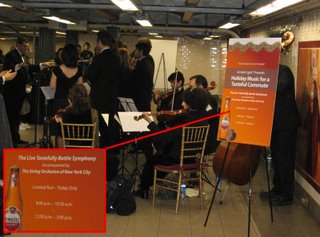
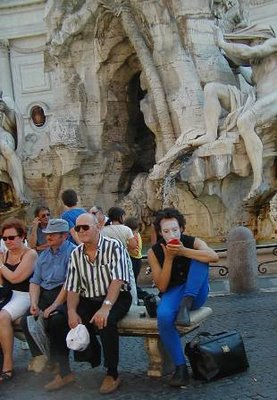
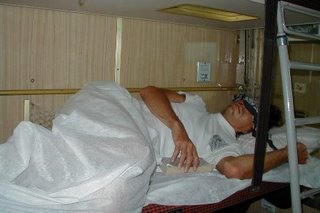 When it is time for me to teach a studio course, I have a choice – I can be the studio professor that I had as a student who requested that the undergraduate buy these three important books that will cost $70.00 or to be a studio instructor that gives the students a choice to either buy the important books –or- take that $70.00 and go to the opera, go see a show / concert, become a member of a museum (I recommend the Frick Collection), or just go to the ‘hole in the wall’ coffee house that has the greatest jazz or poetry readings in the area. Do your laundry at the laundromat, buy food at the farmer’s open air market and/or not defer your jury duty for the third time …
When it is time for me to teach a studio course, I have a choice – I can be the studio professor that I had as a student who requested that the undergraduate buy these three important books that will cost $70.00 or to be a studio instructor that gives the students a choice to either buy the important books –or- take that $70.00 and go to the opera, go see a show / concert, become a member of a museum (I recommend the Frick Collection), or just go to the ‘hole in the wall’ coffee house that has the greatest jazz or poetry readings in the area. Do your laundry at the laundromat, buy food at the farmer’s open air market and/or not defer your jury duty for the third time …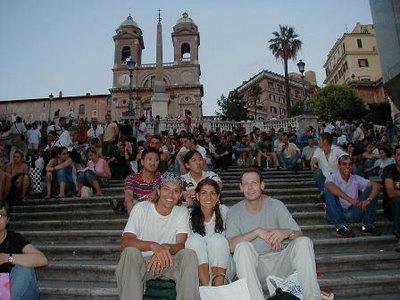
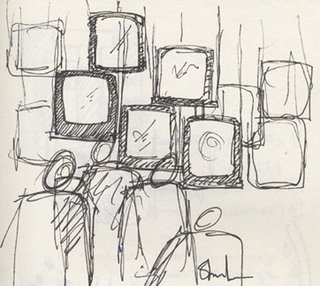
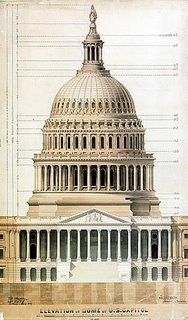 Background:
Background: